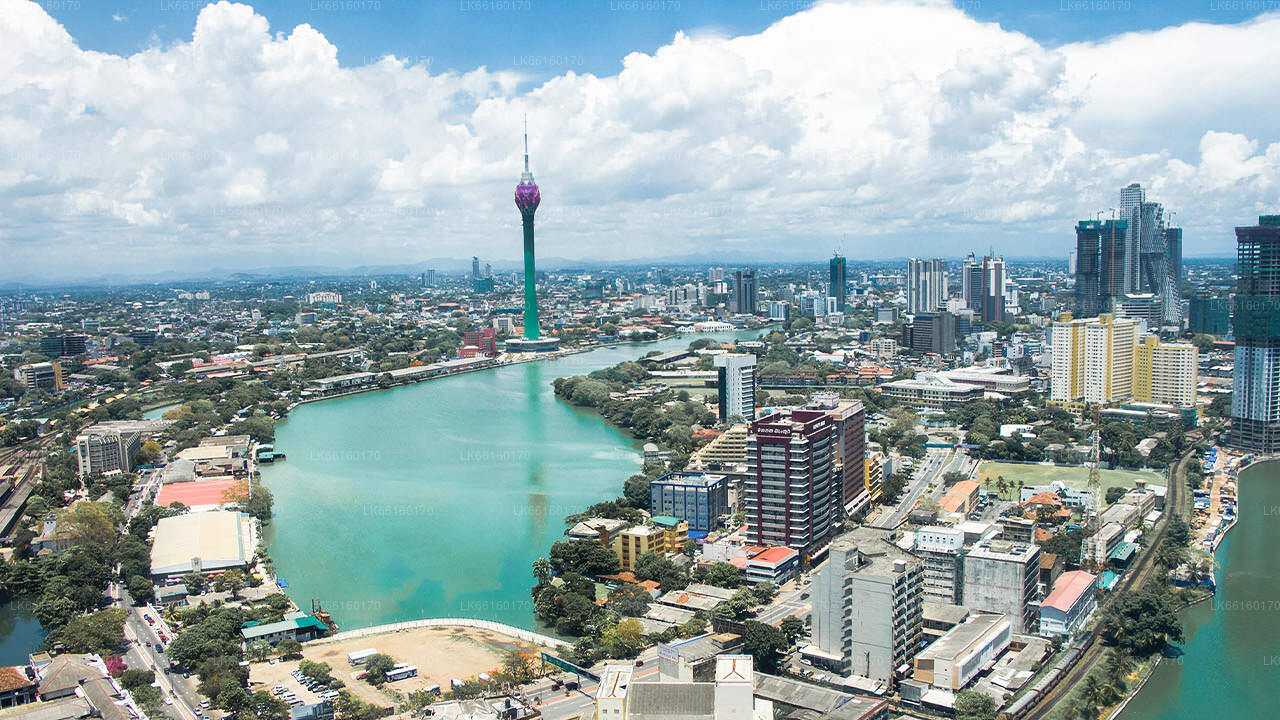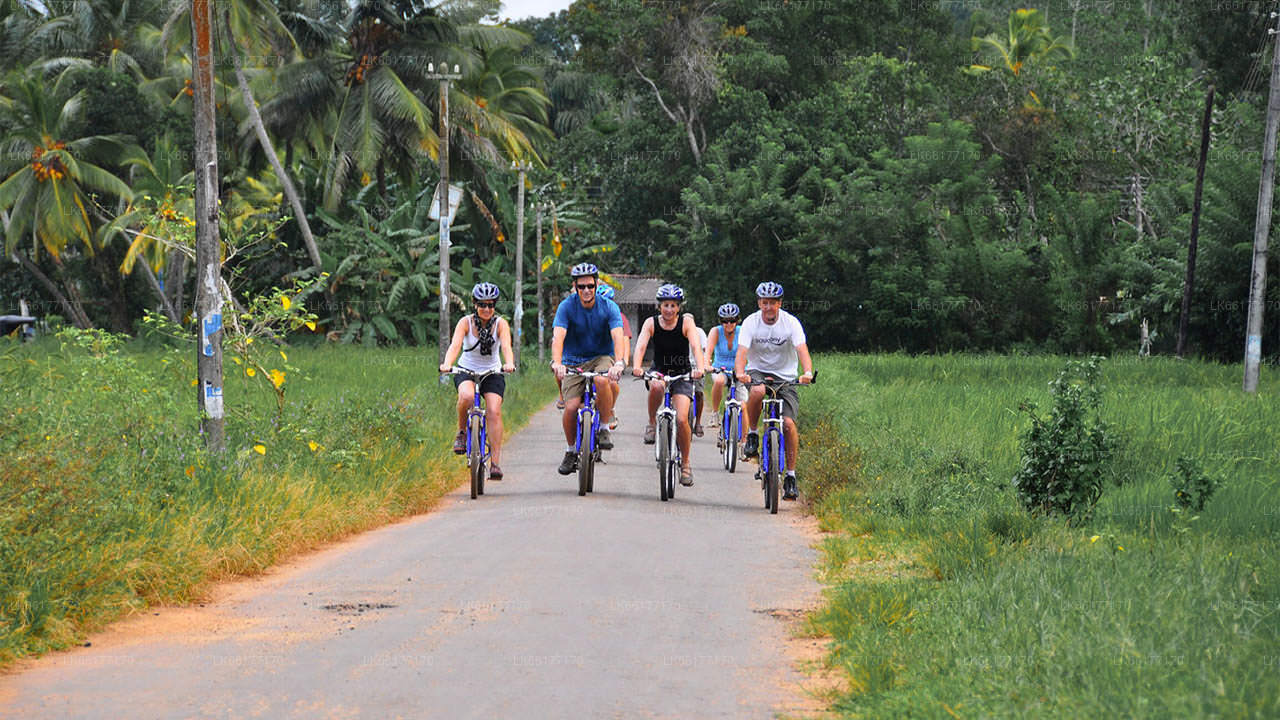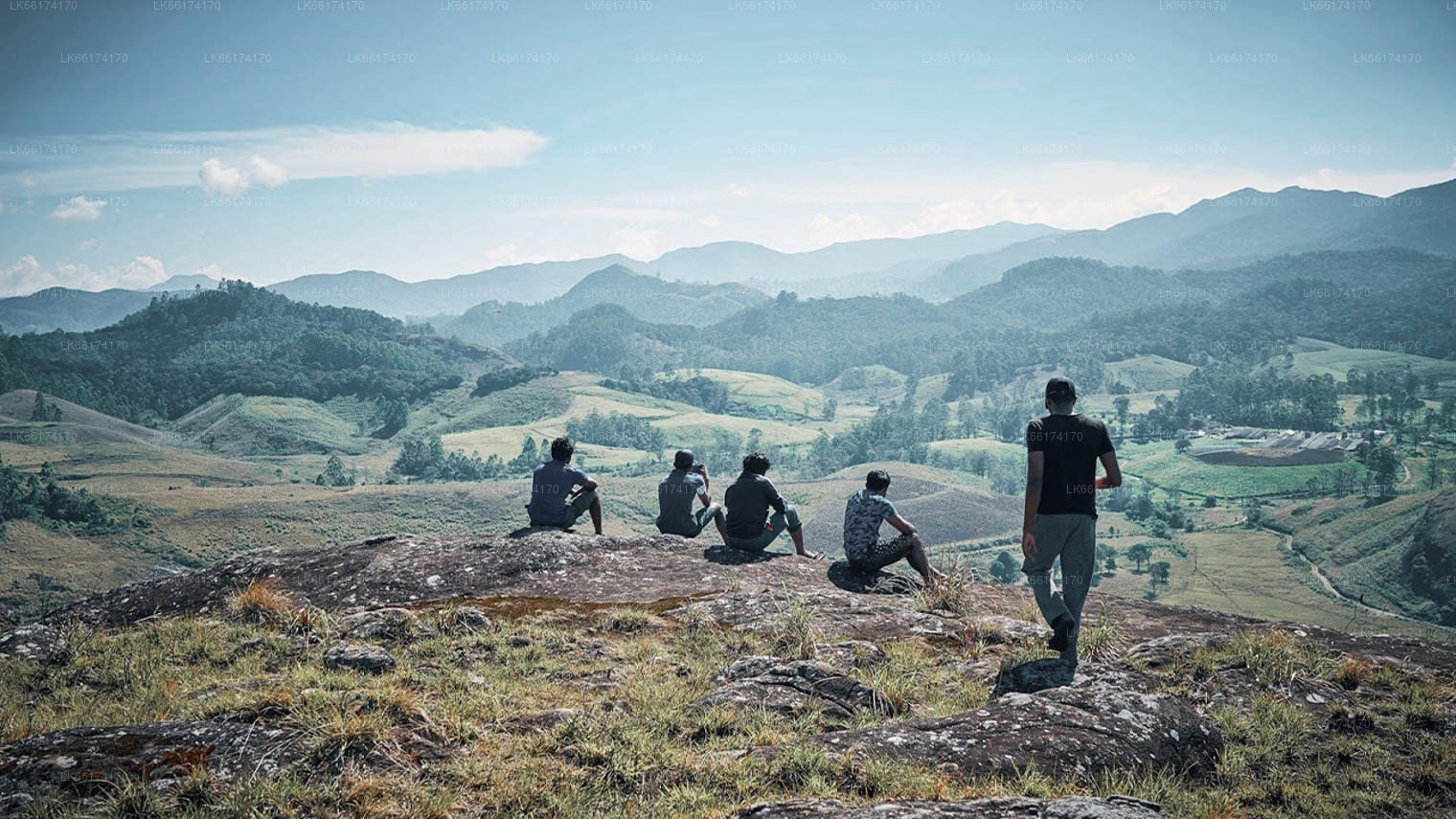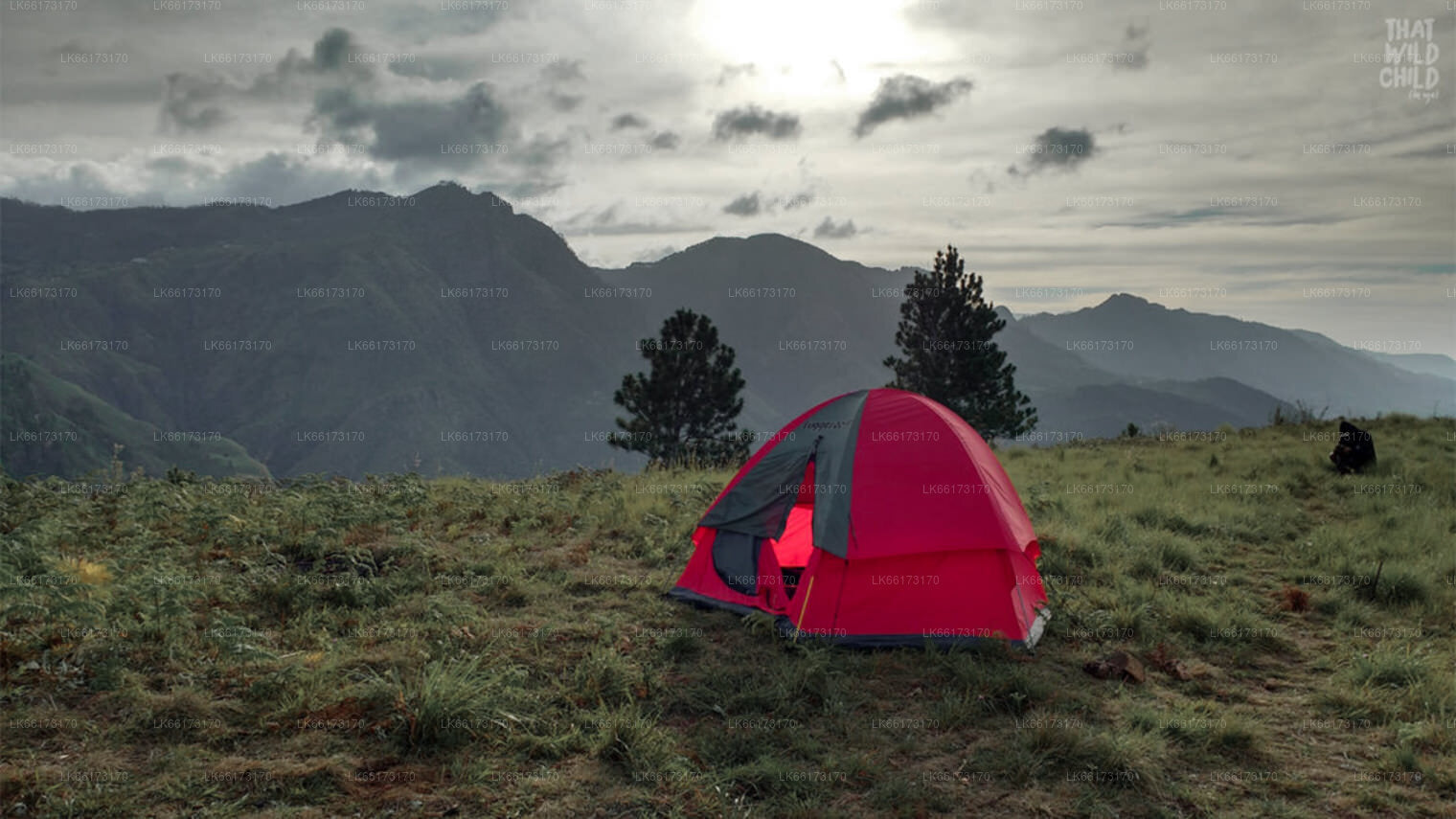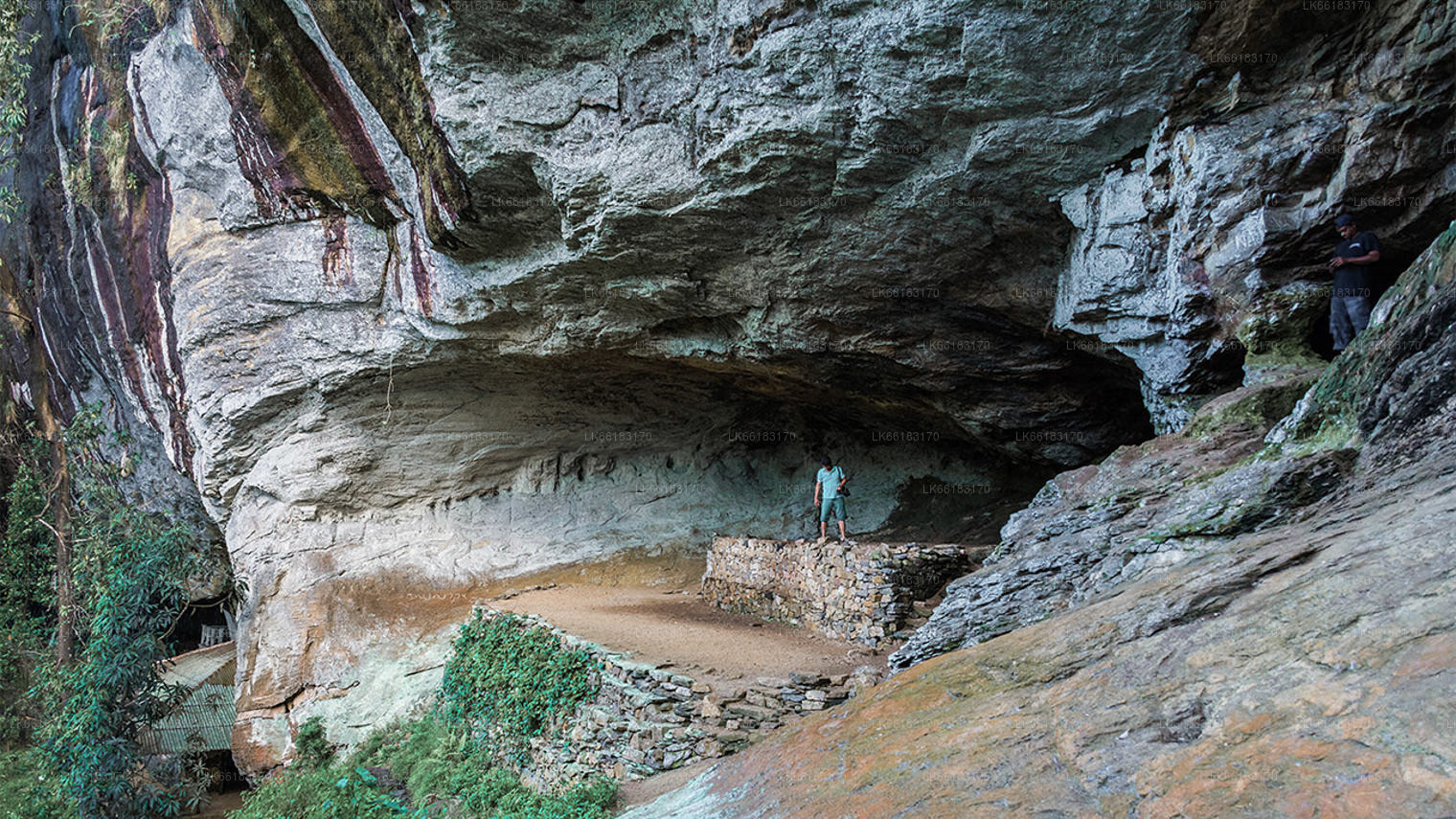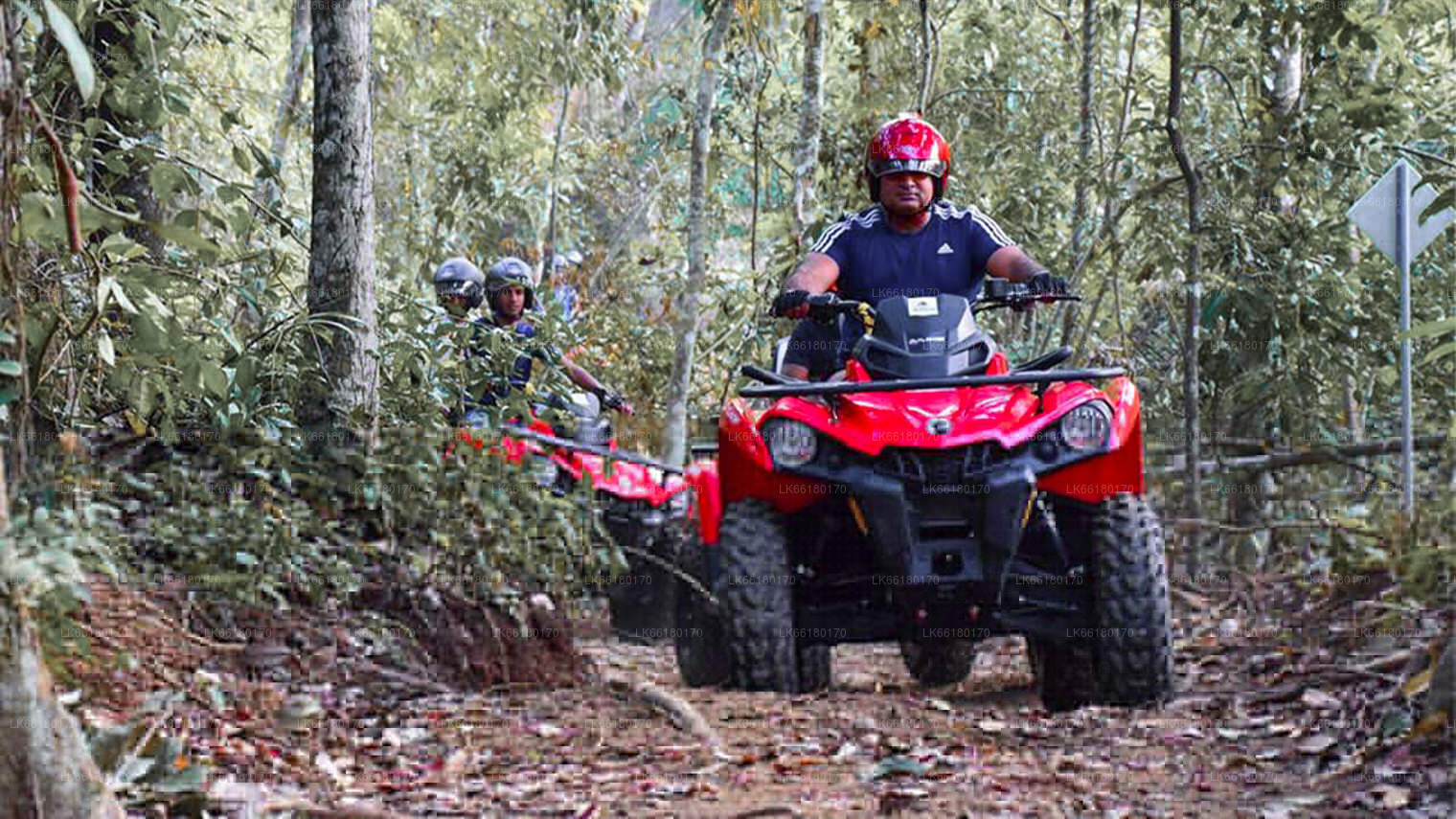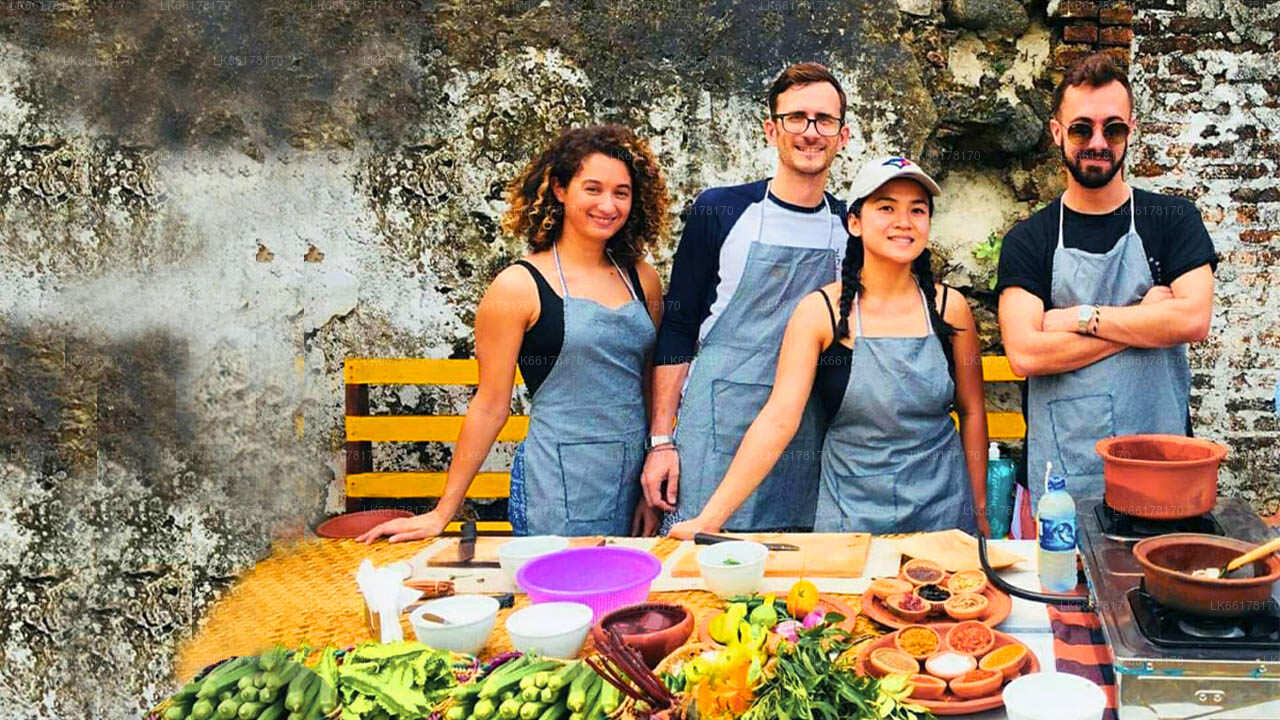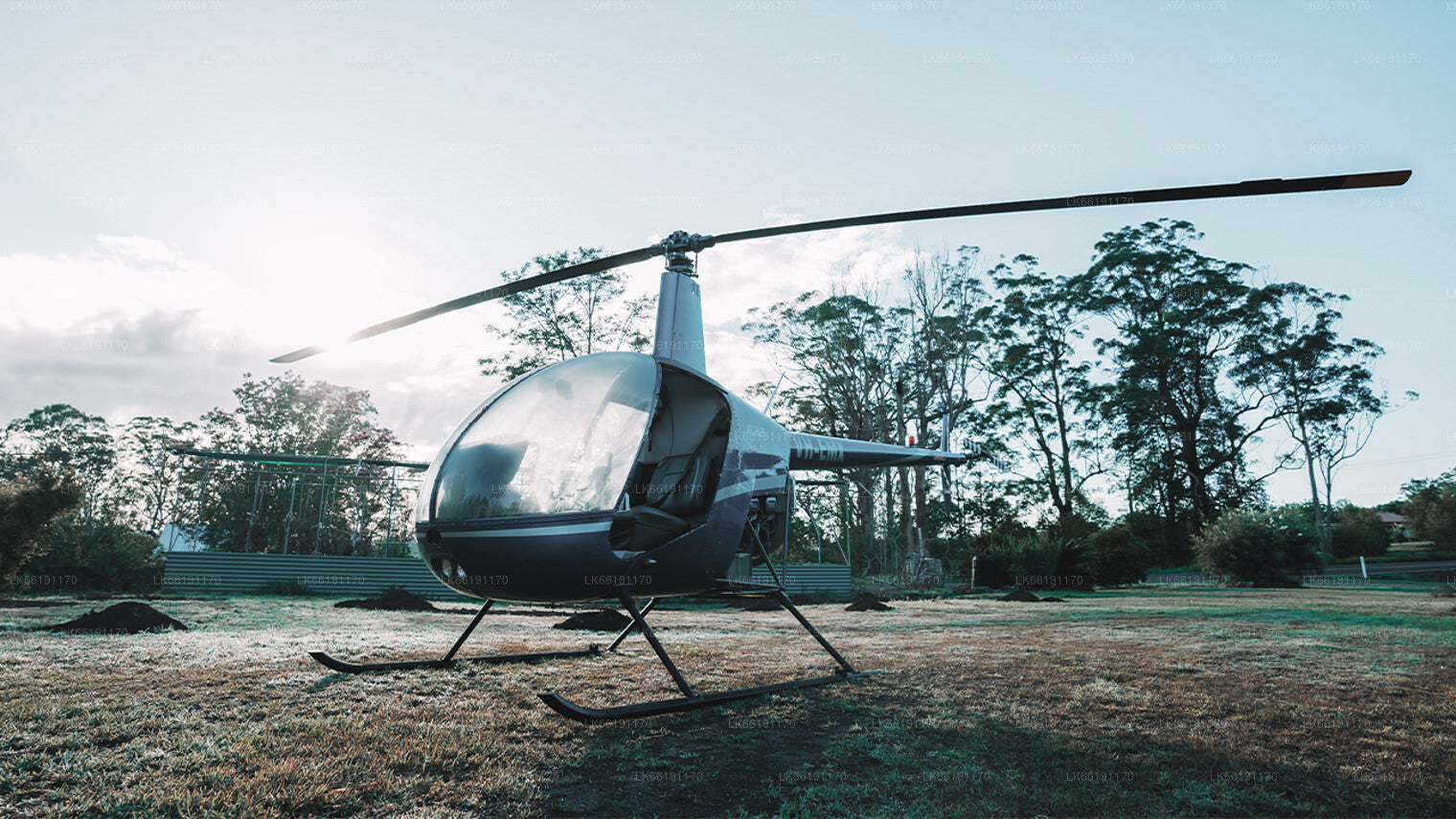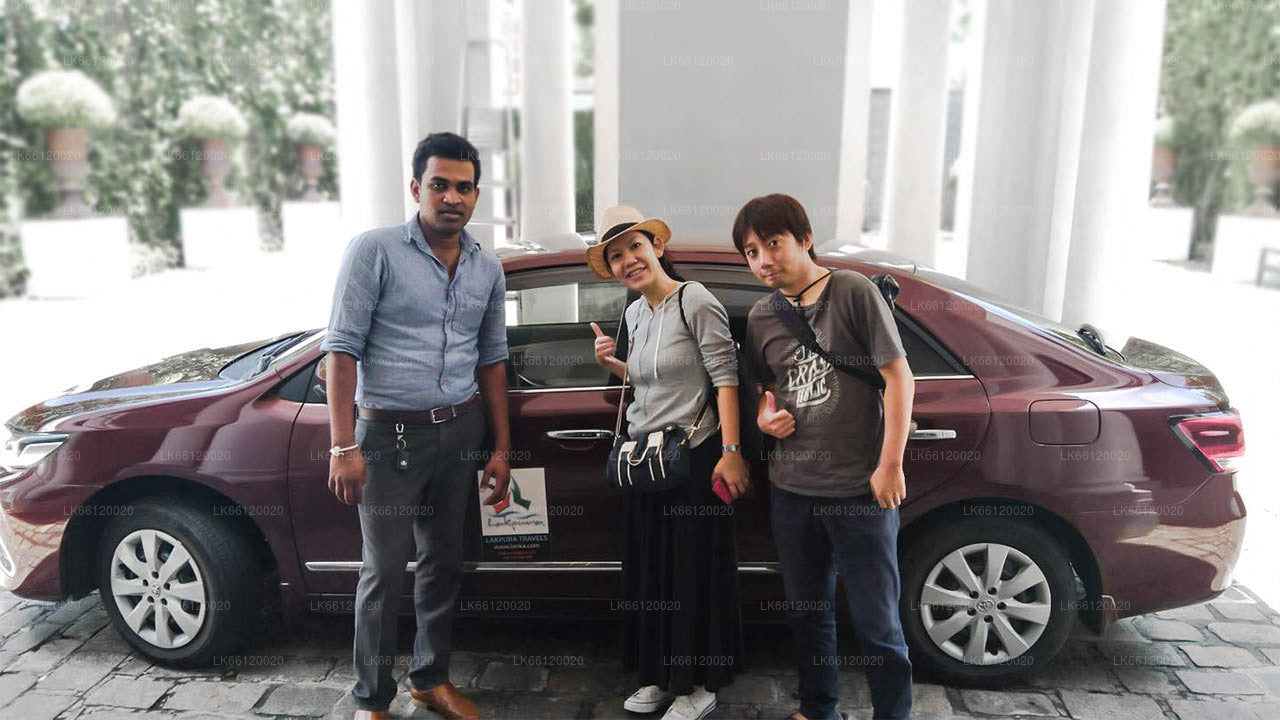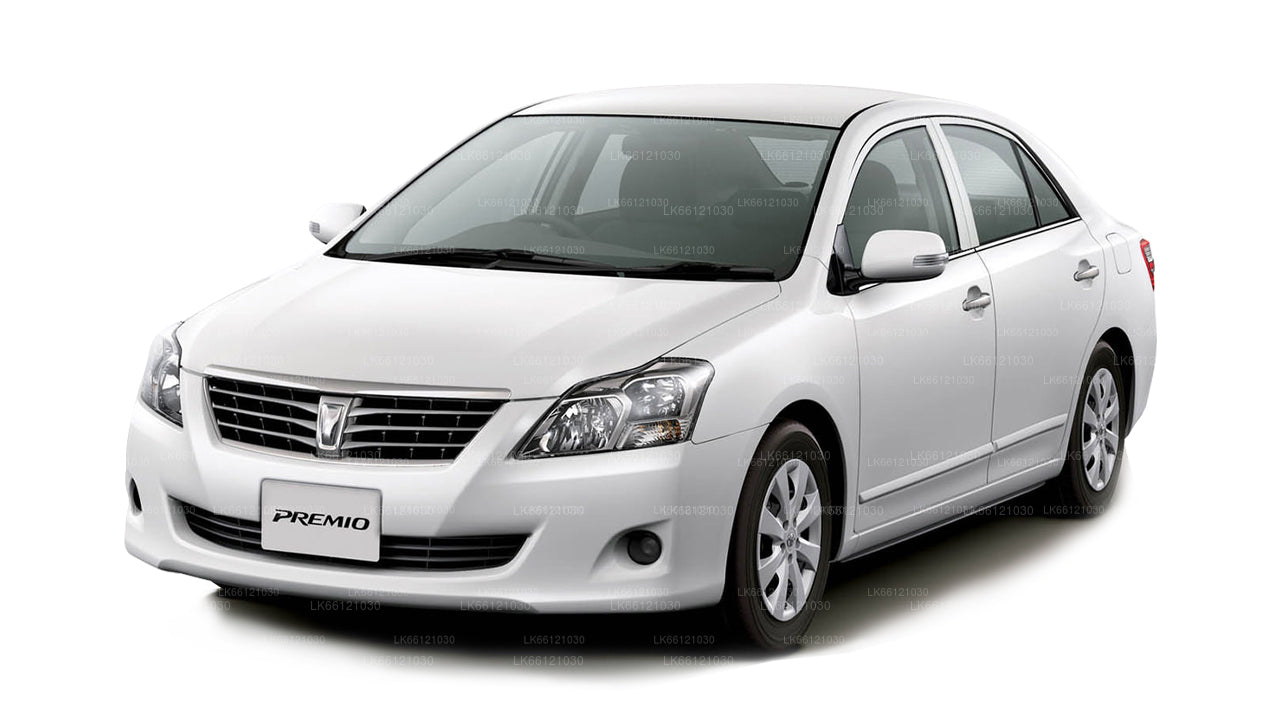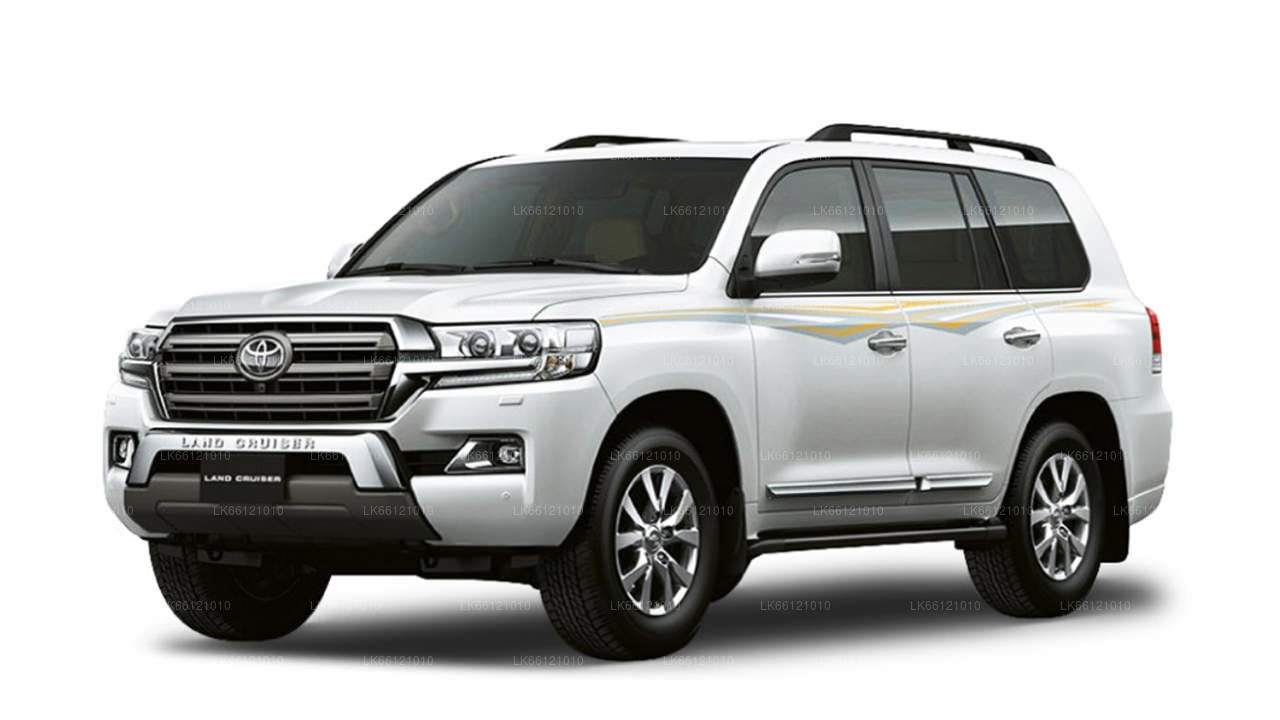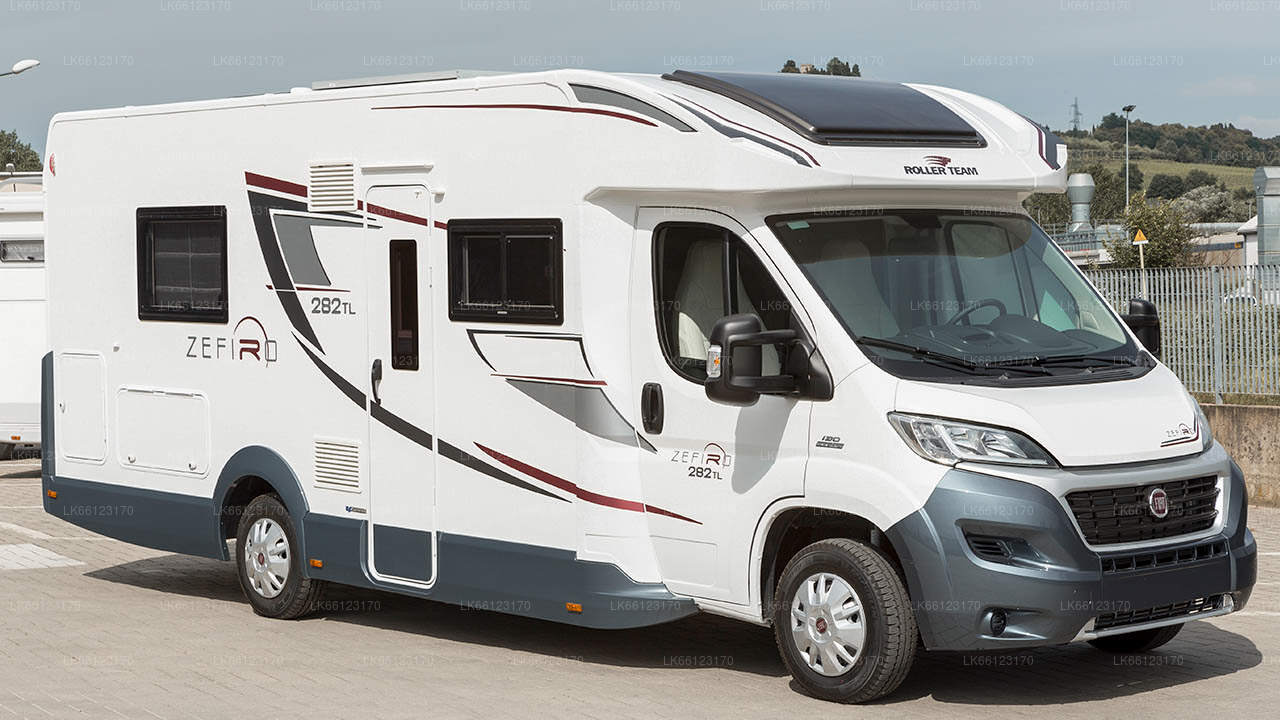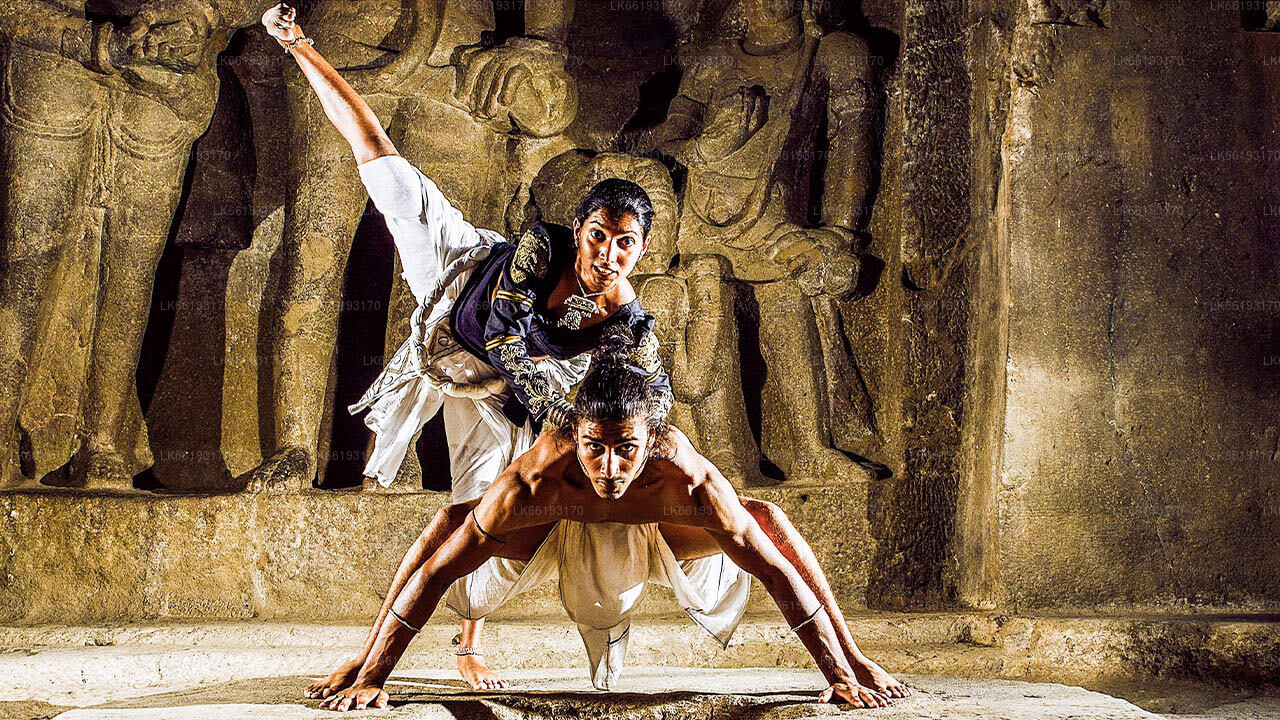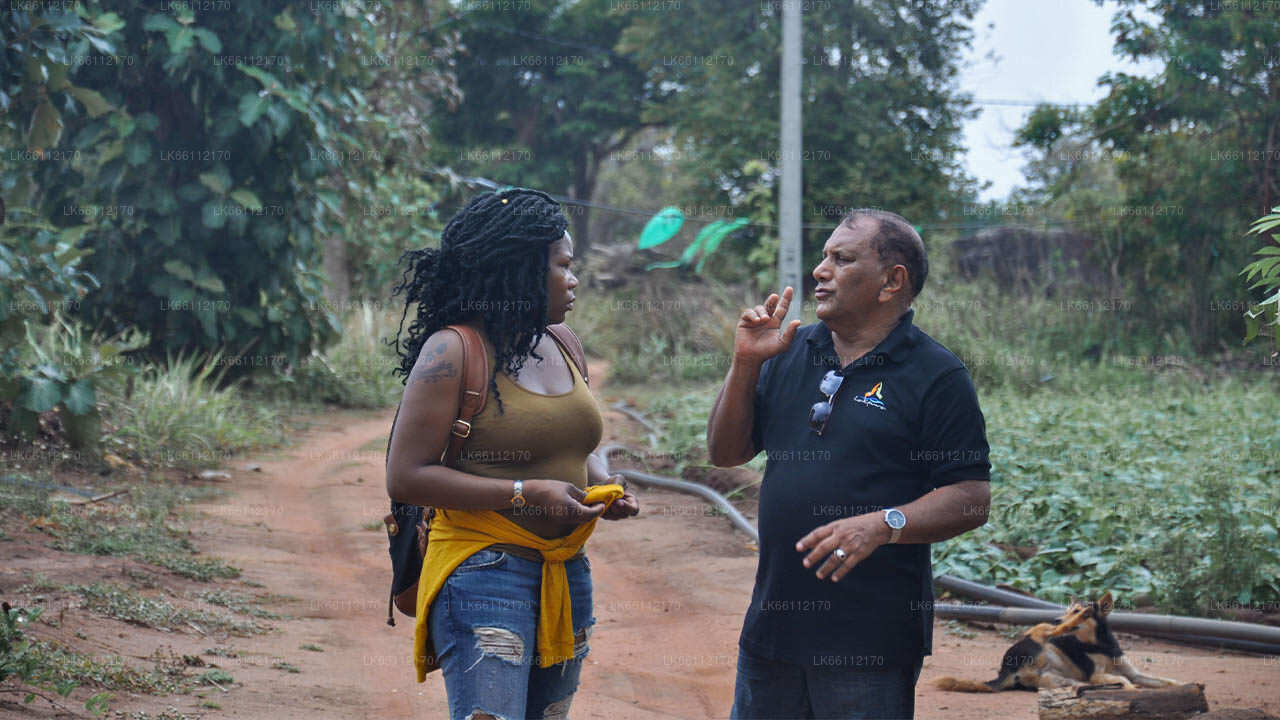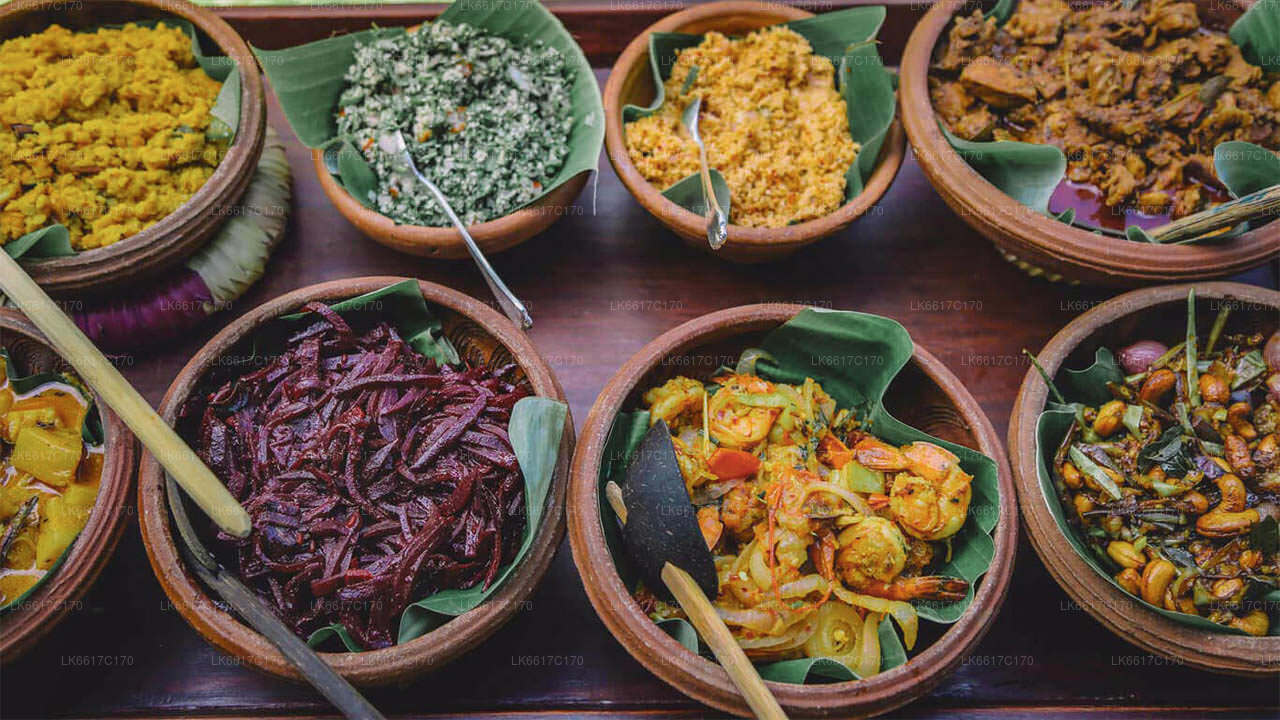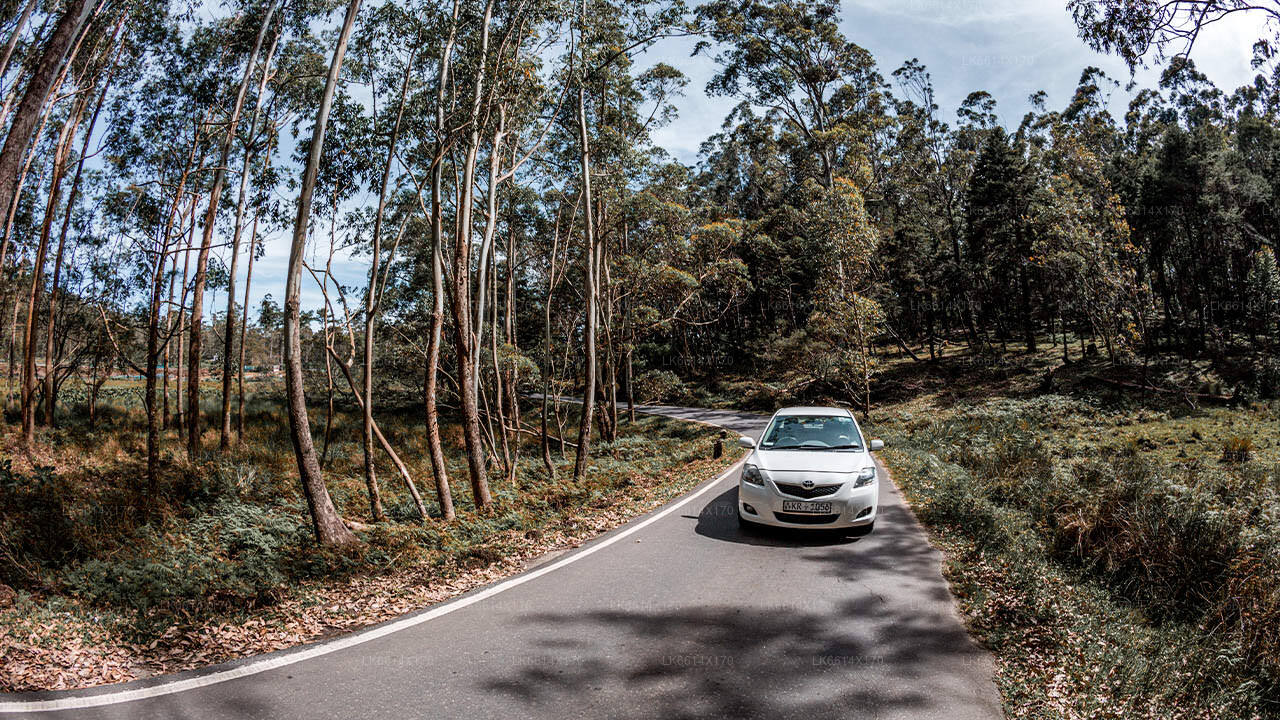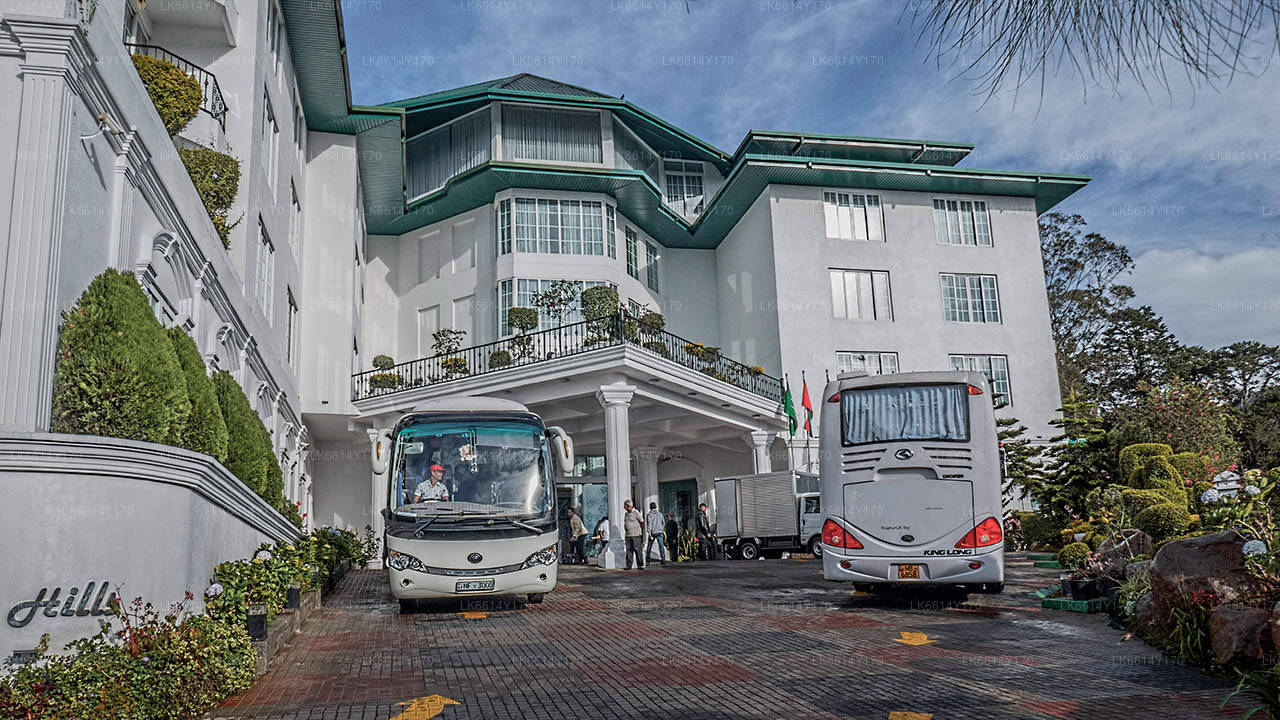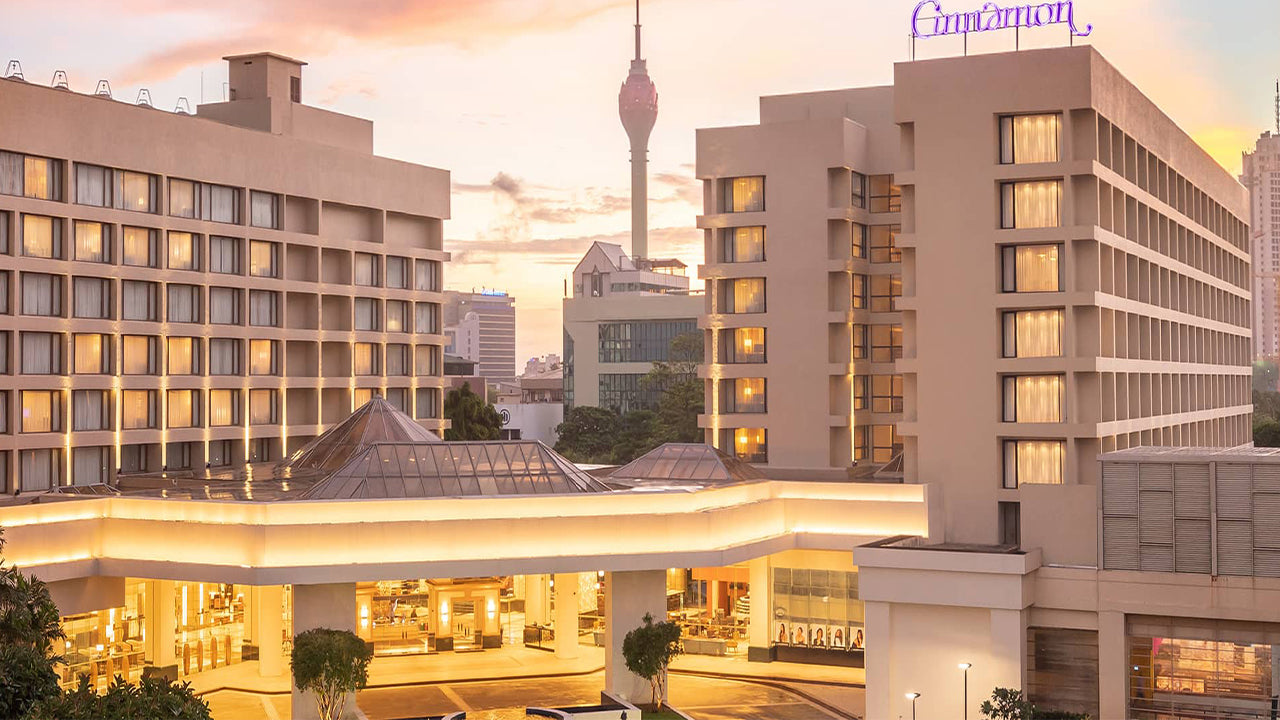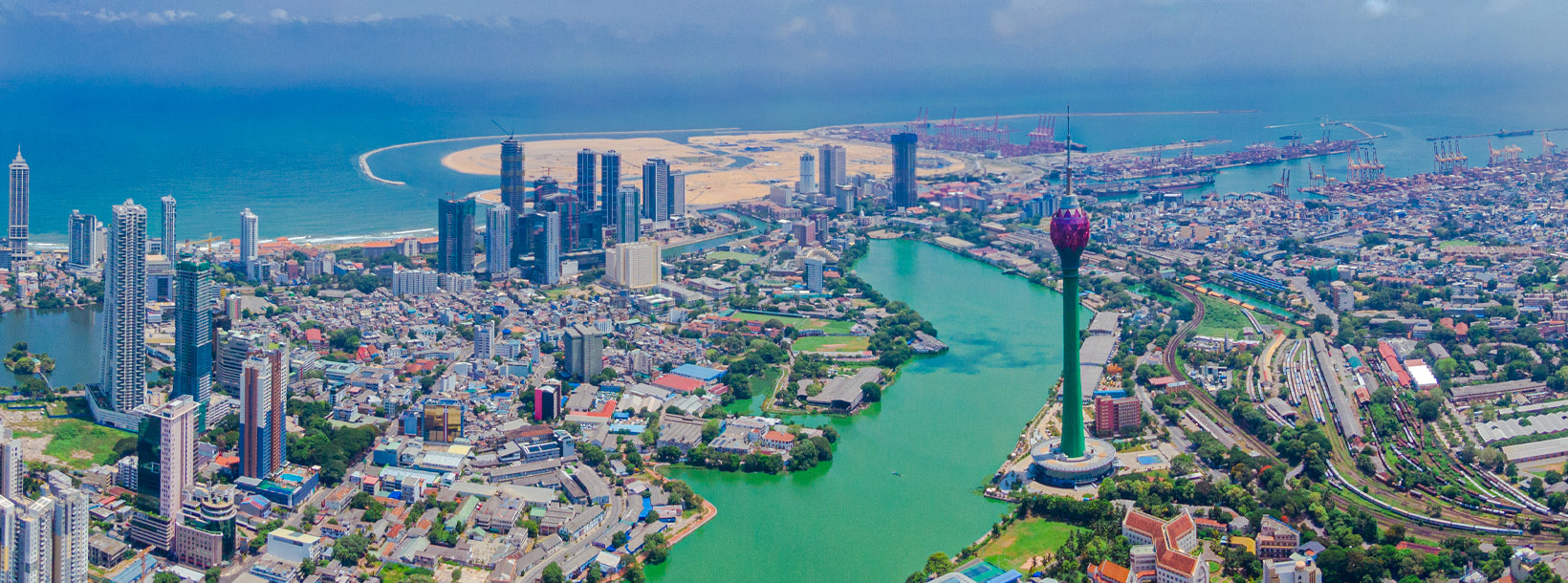
Colombo City
Colombo, the capital of Sri Lanka, is a dynamic city blending tradition and modernity. It showcases colonial architecture, lively markets, and serene Buddhist temples. With diverse cuisine, a growing skyline, and beautiful beaches, it's a vibrant hub for business, culture, and tourism, offering a gateway to explore Sri Lanka's wonders.
Beira Lake
Beira Lake is one of Colombo’s most famous landmarks. It lies right in the middle of the capital and is one of the few places of relaxation and beauty within the city limits. As such the area on and around it has many attractions; not to mention the history of the lake itself.
Beira Lake started out as a much bigger lake occupying an area of 410 acres over a century ago. But with the rapid commercialization of the area, it has since been reduced to approximately 160 acres.
History
Beira was created by the invading Portuguese in the 1500s, in order to serve as a moat that protected their base in Colombo from the hostile locals. They added many hidden dangers within the lake, such as large crocodiles and etc.
Beira proved to be a huge roadblock to local sovereigns such as Mayadunne of Sitawaka when they attempted to free the region from foreign rule. It was Mayadunne’s son, Rajasingha I, who succeeded in draining the lake in 1587, hence coming close to recovering the area from the Portuguese. He cut off the canals that fed the lake but were unable to deal with the additional reinforcements that the Portuguese brought in from India.
After the Dutch laid siege and captured the lake; it was expanded and several islands were formed on it artificially. Some of them, such as Slave Island, were large enough to have a village and/or coconut plantations. People started inhabiting the islands and traffic over the water increased. However, it mostly used for political prisoners, as was the case in Slave Island, or agriculture; mainly due to the crocodiles that still infested the lake.
After the British took control they removed the crocodiles and developed the area surrounding the lake. The now grassy banks became popular for parties and even hosted a grand ball that was held in celebration of Britain’s victory in the battle of Waterloo. Beira lake became famous for a number of recreational activities, such as rowing and yachting. Slave Island was cleared of its prison fixings; and Ceylon’s first botanical garden, the Kew Gardens, was opened there in 1810. The seedlings were provided by the Royal Botanic Gardens in London. By the 19th-century land reclamation for development began and the land area of the lake was reduced, pollution also began to increase.
The Growth of Beira
About a decade ago the situation worsened to the extent that it was mostly surrounded by slums; while the water in the lake was purely wastewater from these huts and houses, that didn’t have the funds to deal with proper waste management. The place stank and only the poorest people lived in the area. The waterfront was lined with many large warehouses, reminiscent of Colombo’s tea trade; where tea was transported on barges via the port access canal. These warehouses stood around like a ghost town; blackened with the dirt of over a century; the gaping mouths of broken windows giving the haunted air. The only reason people went to the Beira lake region was to worship at the Gangarama Temple or to visit one of the locations important; such as the Colombo Rowing Club, SLECC, St Joseph’s College, or Lake House. These places had been created in the heyday of Beira Lake and were wa
About Colombo District
Colombo is the largest city and commercial capital of Sri Lanka. It is located on the west coast of the island and adjacent to Sri Jayewardenepura Kotte, the capital city of Sri Lanka. Colombo is a busy and vibrant city with a mixture of modern life and colonial buildings and ruins and a city population of 647,100.The Colombo Metropolitan Region, defined by the districts of Colombo, Gampaha and Kalutara, has an estimated population of 5,648,000, and covers an area of 3,694.20 km²
Colombo is a multi-ethnic, multi-cultural city. It is the most populous city in Sri Lanka, with 642,163 people living within the city limits. The population of Colombo is a mix of numerous ethnic groups, mainly Sinhalese, Moors and Tamils. There are also small communities of people with Chinese, Portuguese, Dutch, Malay and Indian origins living in the city, as well as numerous European expatriates.
The great majority of Sri Lankan corporations have their head offices in Colombo. Some of the industries include chemicals, textiles, glass, cement, leather goods, furniture, and jewellery. In the city center is located South Asia's second tallest building - The World Trade Centre.
About Western Province
The Western Province is the most densely populated province of Sri Lanka. It is home to the legislative capital Sri Jayawardenepura Kotte as well to Colombo, the nation's administrative and business center. Western Province is divided into 3 main districts called Colombo (642 km²), Gampaha (1,386.6 km²) and Kalutara (1,606 km²) districts. As Sri Lanka's economic hub, all the major local and international corporations have their presence in the city and so do all the major designer and high street retailers, so be ready to indulge in some retail therapy in western province.
Having the highest population in the all the provinces, the almost all the premier educational institutions in the island are located in western province. Universities in the province include the University of Colombo, the University of Sri Jayewardenepura, University of Kelaniya, Open University, Sri Lanka, Buddhist and Pali University of Sri Lanka, General Sir John Kotelawala Defence University and University of Moratuwa .Western province has the largest amount of schools in the country, which includes National, Provincial, Private and International schools.






